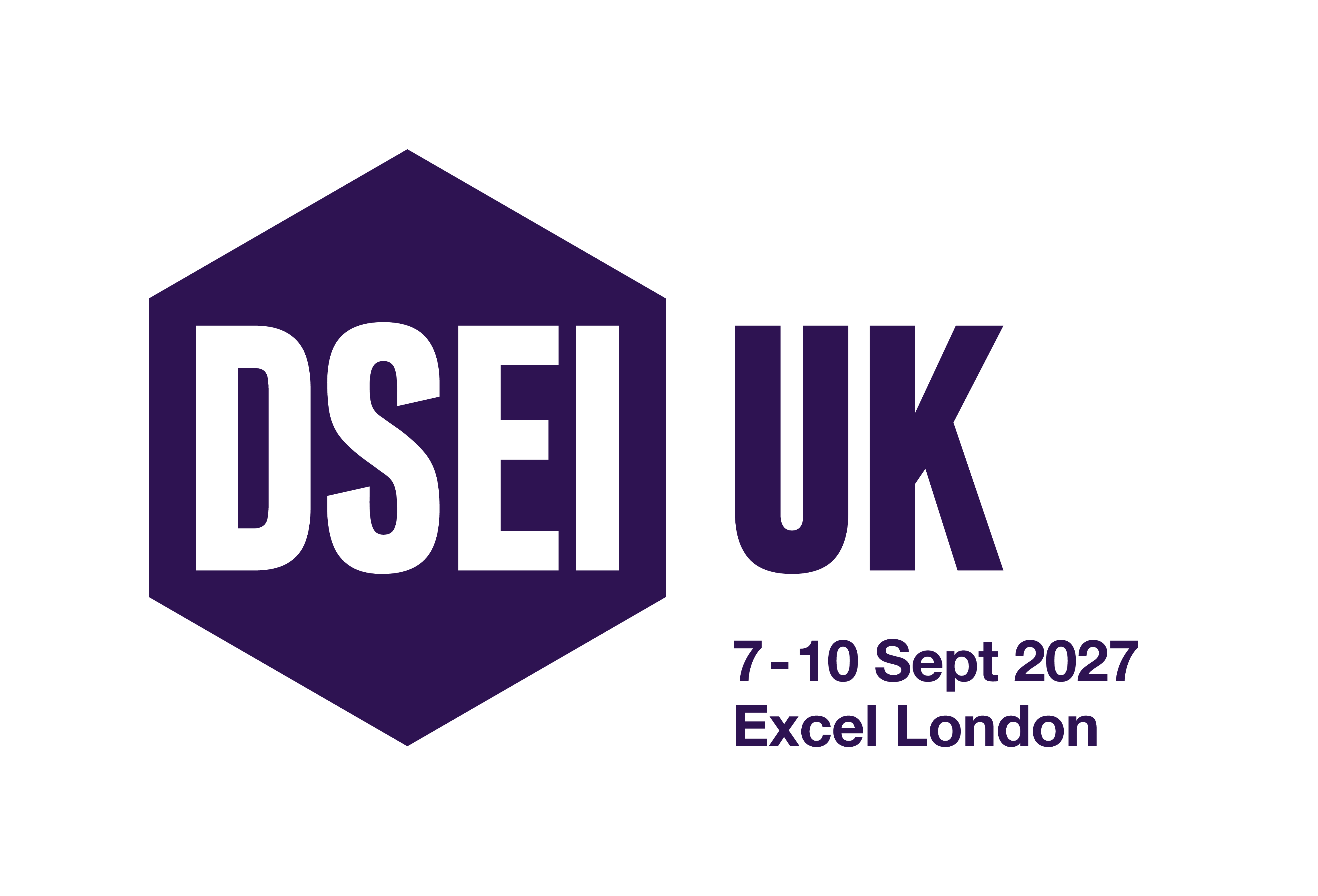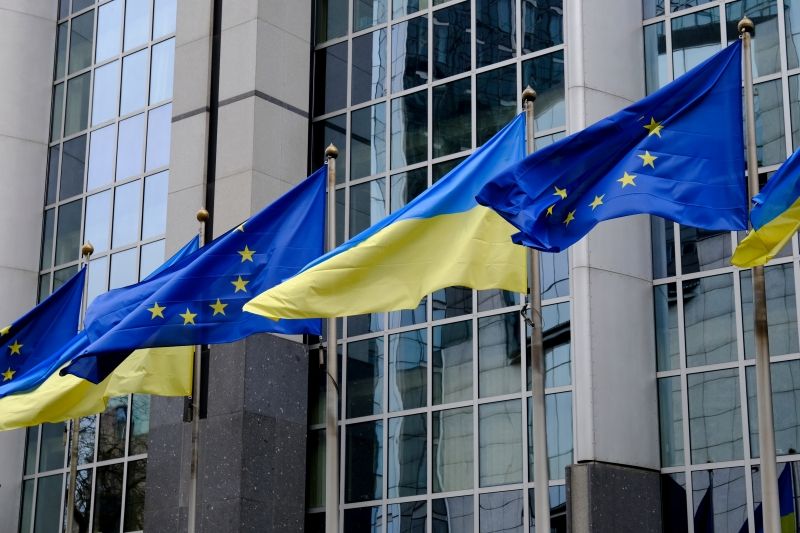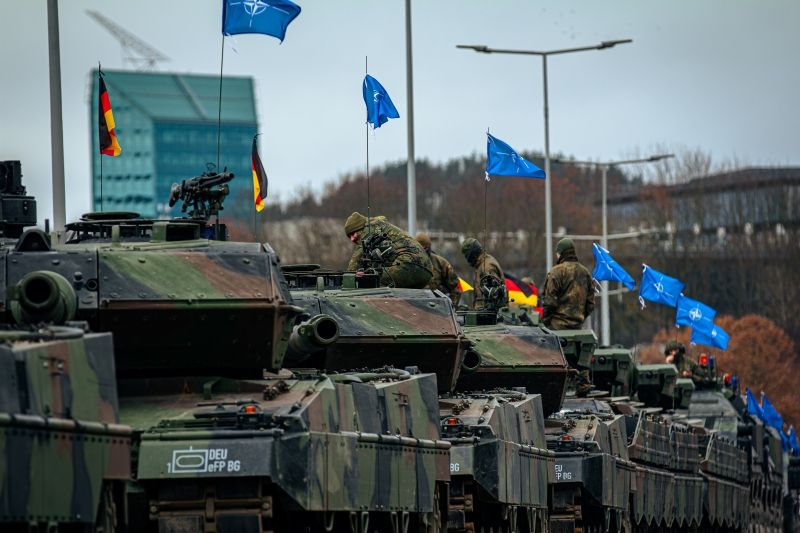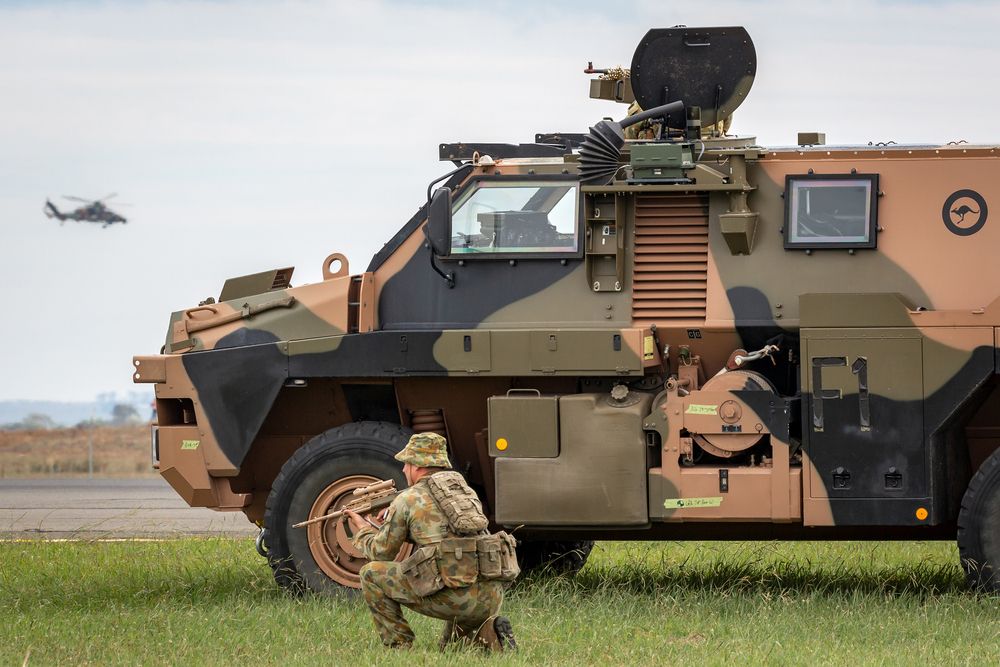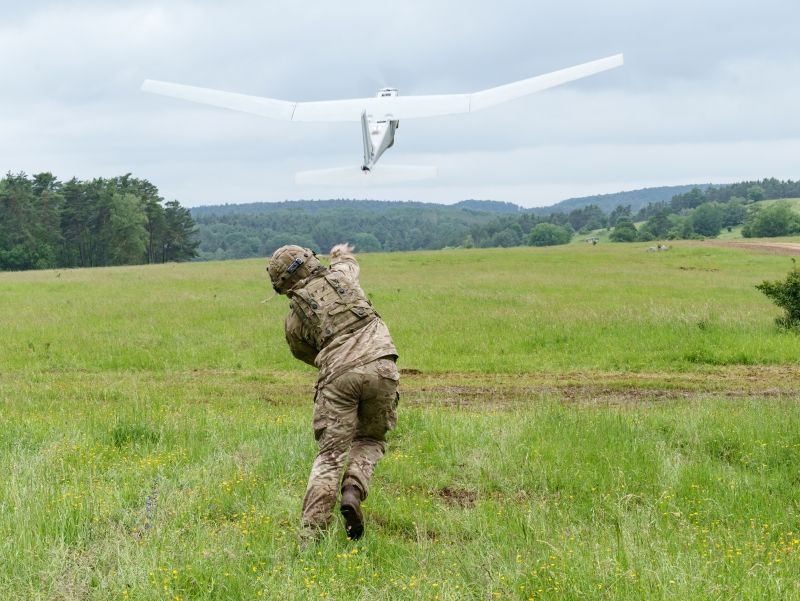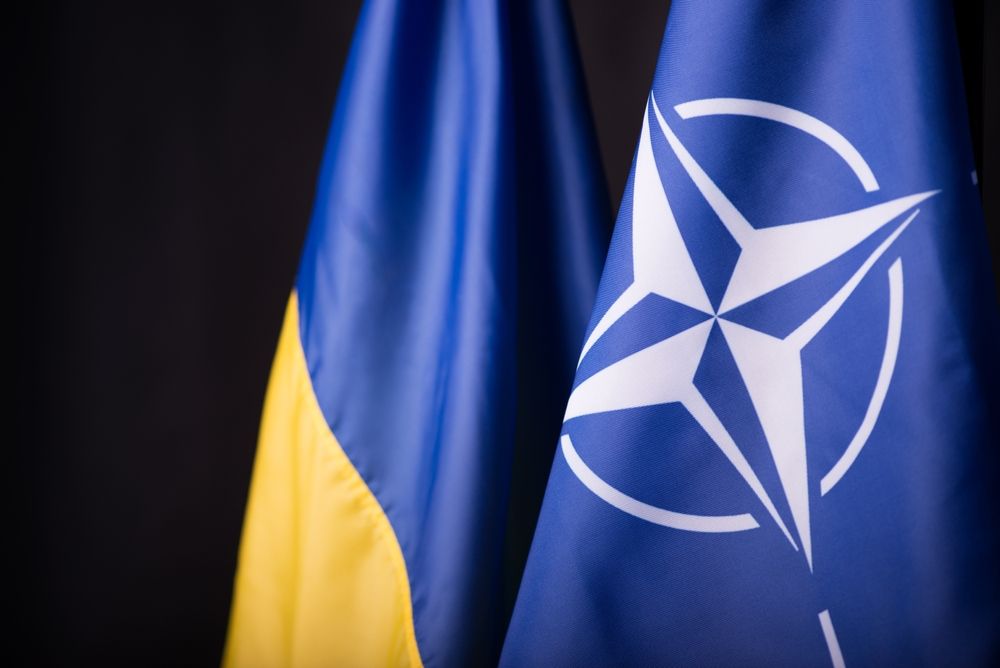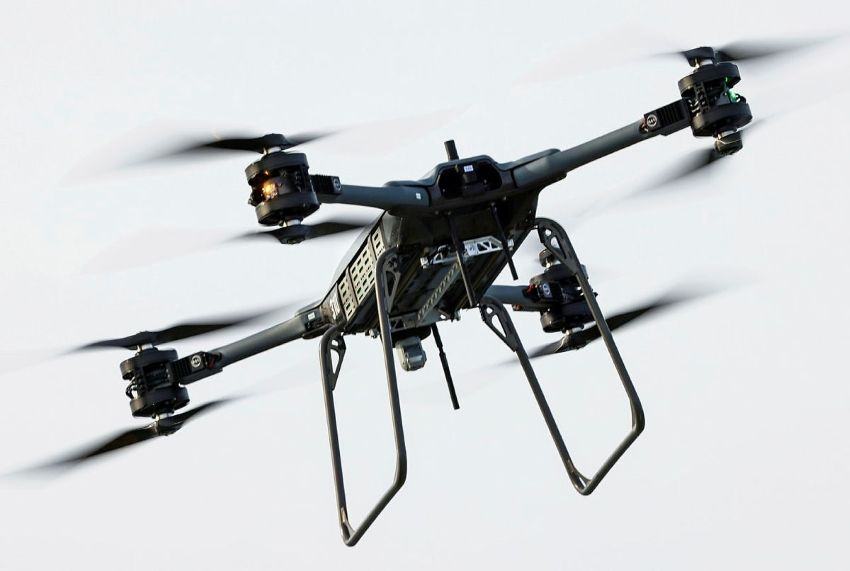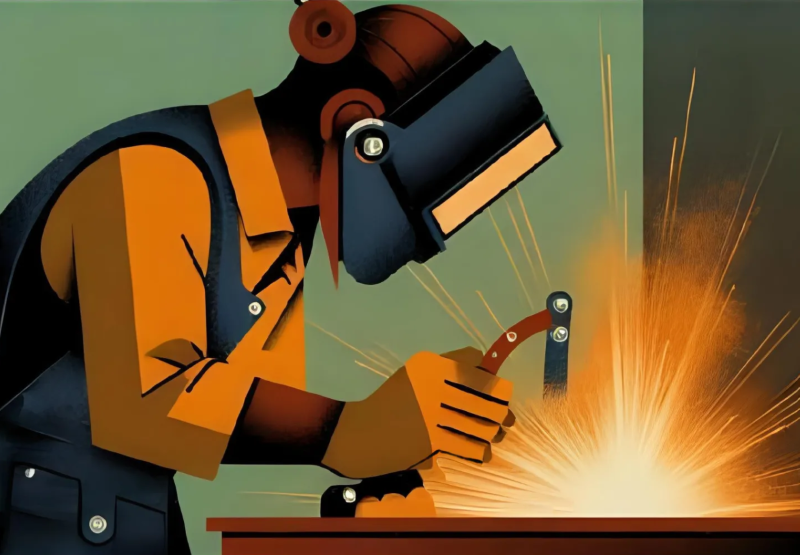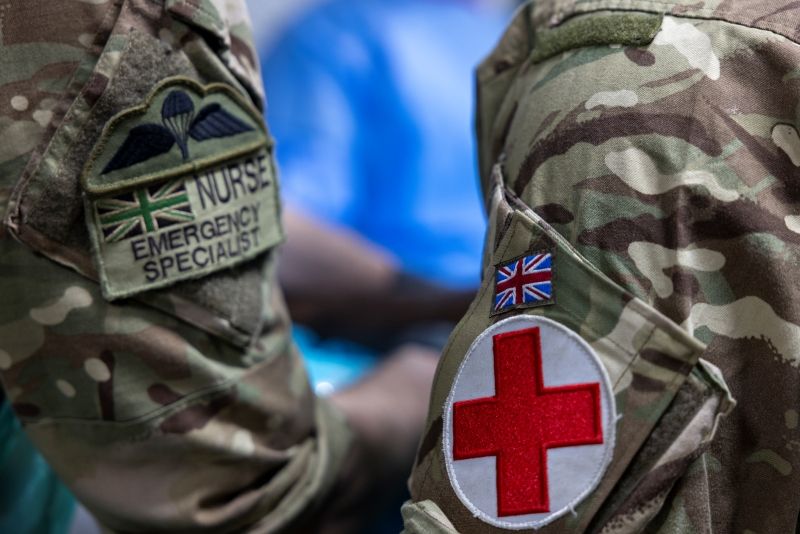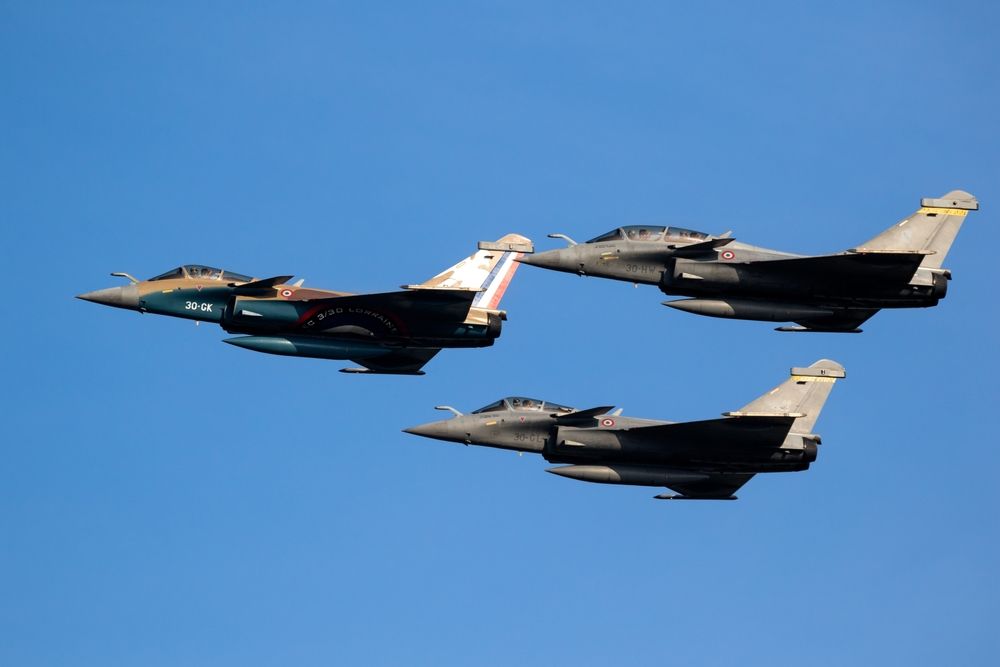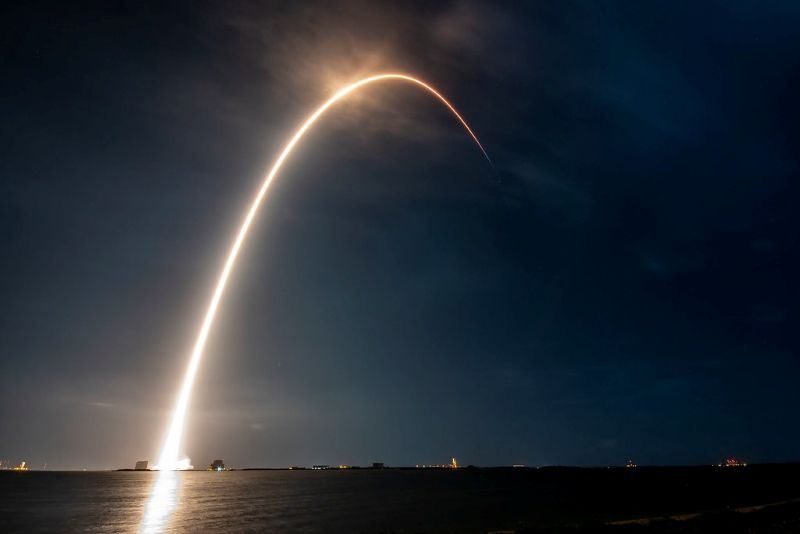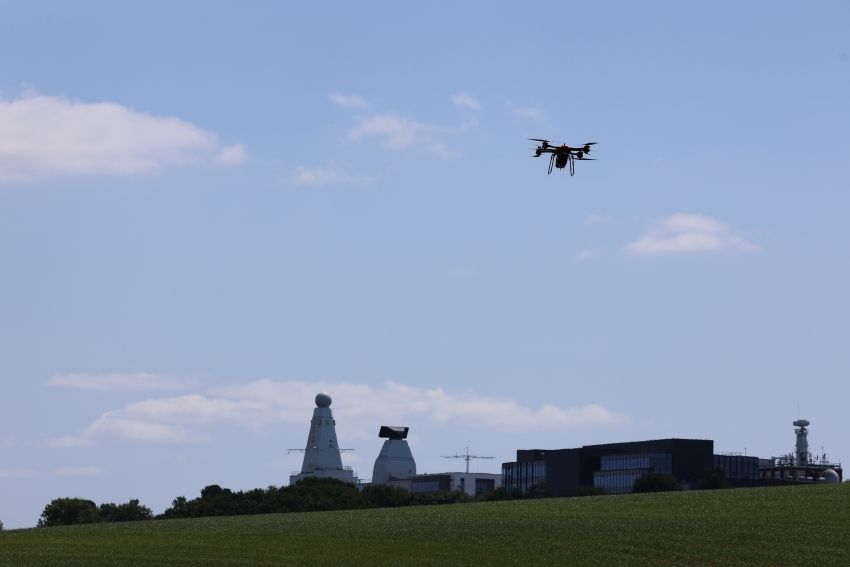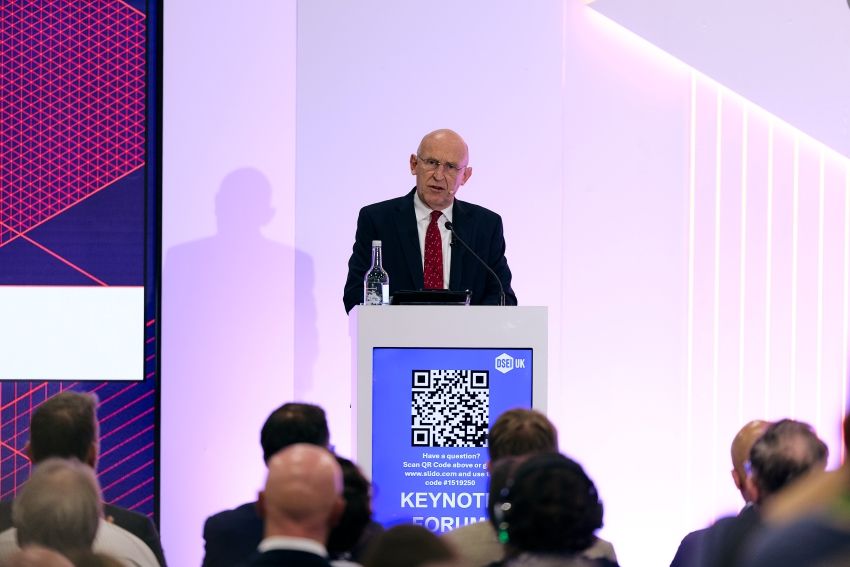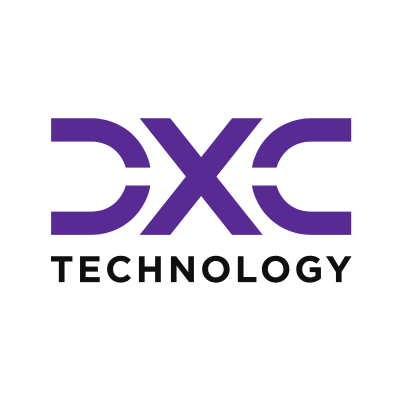Providing impartial insights and news on defence, focusing on actionable opportunities.
We're sorry, but we couldn't find any results that match your search criteria. Please try again with different keywords or filters.
Loading
-
Individual grants worth a maximum of EUR150,000 will be available to develop and test air defence tech in the first phase.
-
The new budget allocations will mean Germany hits NATO spending targets ahead of schedule.
-
New
- News
- Asia Pacific
- Procurement
Australia to reform defence procurement, hire National Armaments Director
The reforms follow a string of frustrating procurement overruns for the Australian Department of Defence. -
Featured New
- Explainer
- Europe
- Procurement
The defence marketplace: A different approach to procurement
As militaries turn to a new method of procurement through online defence marketplaces, DSEI Gateway takes a deep dive into the new, ‘Amazon-style’ platforms. -
The partnership follows the launch of the joint ‘BraveTech EU’ initiative in July.
-
Solutions must weigh less than 25kg and be capable of non-assisted vertical take-off and landing.
-
Planned purchases include IRIS-T missile systems and launch pads, among other things.
-
The investment is part of a much larger financial contribution which the UK channels into the European Space Agency annually.
-
The five areas include air and missile defence, long-range capabilities, robust logistics, situational awareness, and maritime capabilities.
-
The Council on Geostrategy’s latest Britain’s World article by Paul Mason analyses the UK’s Defence Industrial Strategy, looking at what it includes and how it can be delivered.
-
- News
- Europe
- Medical
UK launches GBP50m funding opportunity for novel blood products
The project will look to develop solutions for both improving traditional blood products and developing new ones. -
- News
- Europe
- Air
Ukraine orders up to 100 Rafale jets from France
The purchase is part of a 10-year commitment to buy French equipment. -
- News
- Americas
- Space
US DIU launches project to strengthen space supply chain
The US wants to drive down lead times and costs by increasing the scale of its space production capacity. -
- News
- Europe
- Joint
UK launches competition under T&E Transformation Programme
The competition will focus on making T&E capabilities more mobile and efficient. -
Introducing the DSEI UK Keynote Series — where we share every keynote session from DSEI UK 2025.
242 Results
